After years of bonding over their shared love of alternative styles of music, a group of high school friends from Gothenburg, Sweden, began playing and writing music together in 1996. Ten years later, Yukimi Nagano, Erik Bodin, Fredrik Wallin, and Håkan Wirenstrand released their first single under the band name Little Dragon.
To date, Little Dragon has released five full-length albums and has collaborated with a wide range of artists, including Gorillaz, De La Soul, SBTRKT, DJ Shadow, Flume, and Outkast’s Big Boi. They’ve also been touring seemingly without pause for the past decade and have collected a Grammy nomination for the Best Dance/Electronic Album in 2015.
After a record label change and some soul searching, Little Dragon is back to writing the kind of music that defines the band: synthesis layered over a more traditional pop foundation, punctuated by Nagano’s unique vocals.
We had a chance to catch up with the quartet before their recent performance at Chicago's Concord Music Hall to discuss their enigmatic process of collaboration, the benefits of allowing ideas the space to breathe, and how to finesse a human feel out of an electronic world. For more information about the band, you can check out their website here.
What’s the story behind the name Little Dragon?
Yukimi Nagano: I almost forget the true reason, but I think it goes that Erik called me [Little Dragon] a few times, kind of like a joking nickname. We really didn’t feel like a band in the beginning, it was more focused on the music being my solo project. But then we all sort of said, “Nah, this is not a solo project. Everyone’s equally invested, and this is definitely a band." So we sat around talking about it, and Little Dragon just felt right.
How did this style of music come together for you guys?
YN: It came together very collaboratively because we all are, you know, producing the music and the songs, and there’s not really one writer. It kind of comes from everyone, and everybody’s really different. We blended more through the years because we’ve spent so much time together, but when we first met and first started making music together, we all kind of had something different to share. Håkan came with a real synthy background and was really zoning into synths. Me and Erik were more into hip-hop and R&B, so that was a very important aspect. It kind of made our music more electronic, and then Fred was also nerding out to jazz and stuff like that.
I guess we had a friendship first before we started a band and just liked playing music for each other. We were as obscure and as different as possible to try to impress each other and find something that the rest of the guys hadn’t heard. We just sort of defined our music that way—blending stuff—and it ended up meshing.
Where do your ideas come from?
Håkan Wirenstrand: I think ideas come from us trying to do stuff we haven’t heard before—stuff that feels exciting and new and fresh.
YN: They come from everywhere, but definitely when you have space to think. That’s why we have a bit of a hard time writing on the road because it’s just so hectic and you’re doing promo, setting up, making sure everything is right performance-wise. I don’t think we have that proper sort of space to reflect.
I think the ideas come from being in our studio at home, feeling a bit grounded so we have time to explore. Also, just stealing ideas from everywhere and anything somebody says to you—like a word combination that feels beautiful.
Fredrik Wallin: Yeah, sounds, beats, and scrolling down the presets. [Laughs]
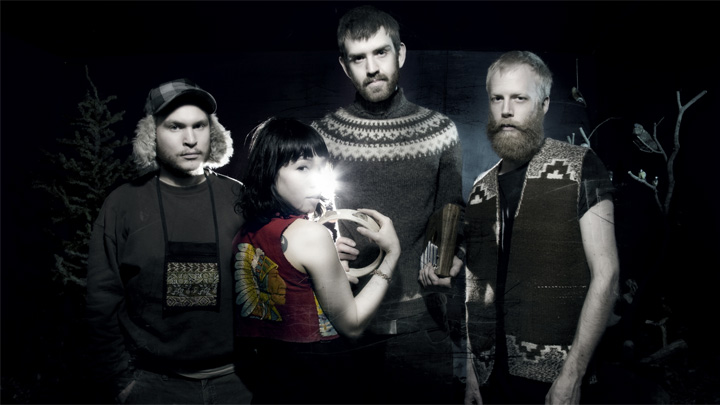
How does writing a song like “Ritual Union" differ from “Looking Glass" or “High?"
YN: We try to experiment with the whole process. I think it’s easy to feel stuck with your way of creating. The process sometimes is really intuitive—a melody can pop out really quick and feel great or bad, or a melody can feel like a puzzle where you’re just changing stuff and reworking it and reworking it until you kind of lose all your feeling. Then, two days later, you realize that the music actually has a vibe to it.
So there’s not really one recipe. That’s one thing that I realized, that all the magic doesn’t come from any singular type of process. You can't really predict it, which is disturbing and kind of great at the same time.
I know that you guys collaborate with others often, like with SBTRKT and De La Soul, for instance. What are the parameters for accepting collaborations? Is the whole band conspiring or is it individual?
YN: It varies. Sometimes it’s the whole band and sometimes it’s one person who feels really passionate about the collaboration. We really love to collaborate with each other in the band and just make music, and that’s one of the beautiful things we have, collectively. That’s why we feel like we’ve gravitated towards each other. It’s that communicative feeling and vibe, the unspoken part of music. There are other artists who have certain sounds who gravitate towards us and vice versa.
HW: The case has been, most of the time, that someone reaches out to us. Like SBTRKT, I guess he needed a different focus for different songs. Then, he sent us the track and we thought, “Oh yeah, we could do something with this, let’s see what happens." Of course, it’s mainly Yukimi singing on it, but we all kind start developing it with more production elements and vocal effects.
FW: De La Soul reached out to us, too. However, that’s more a personal connection because we were on tour with Gorillaz at the same time they were. Also, we’ve been huge fans of them since the beginning, so we jumped at the opportunity to work with them. They reached out to us and we did some piano work and songwriting on “Drawn."
How did you start learning music and songwriting?
YN: The beginning of that for me was writing a diary. I started doing that really early on in life, and that diary just sort of started transforming into short little poems, eventually evolving into little melodies. Having friends who were all into music and then saving up enough money to get a pretty simple studio setup.
You don’t need a lot—just a computer and a microphone—and you can write an album off of that. You don’t need to have a fancy label to have a big fancy mixing table and studio."
You don’t need a lot—just a computer and a microphone—and you can write an album off of that. You don’t need to have a fancy label to have a big fancy mixing table and studio. So many albums these days are just written [simply] like that, and I think that’s the beauty of it. You can find the roughness in it, and you have an overwhelming amount of music from it as well, but at the end of the day, that’s kind of all you need.
What’s the biggest production challenge you’ve overcome throughout your career?
FW: Before we discovered arranged track in Cubase, we always worked linearly with everything played live. Playing around with a song’s structure is a hassle that way, but now, we discovered this function in Cubase which we use all the time. It’s just like a “wow" moment.
HW: So many years of struggling. I don’t know why we haven’t, but we should take a course in Cubase. Erik doesn’t even use the shortcuts.
YN: The biggest challenge, I think, is working with each other. We’ve known each other for a long time, so we are like family. You have history together that can be infected for whatever reason, possibly quarrels that haven’t really been properly talked about or unresolved conflicts that give you a false image or a real idea of who that person is.
Sometimes working together can be really frustrating when you’ve known each other for so long, but you feel somehow dependent on each other. On top of that, everyone’s writing and has really strong roles and big egos and that can be super challenging to navigate sometimes.
What are some techniques you’ve learned over time that are now routine in your production process?
YN: One of the important things is getting away from stuff for some space and time. If you write a song and it feels great, leave it and then do something else and come back to it, and see how it feels. That’s really important. Otherwise, you start getting sick of it, giving up on it. It starts growing under your skin, you start being annoyed by it, and then you don’t want to work with it anymore.
One of the tips production-wise that has always worked for us is that if you have something that you’ve made on software and the computer, it’s really important to give it that organic touch. It could be a tambourine or clap or whatever, but played by hand through the whole track is important. Something to make it a little human.
HW: I think the reversing waveforms is something I do a lot production-wise, and it just works a lot of the time.
FW: In the beginning, we were very much in love with reverb a bit too much. We still love reverb, but I think we’ve learned to be more sparse and sensible with its use.
What are some must-have instruments or software that you’re using these days?
HW: I use the Oberheim Xpander all the time, it gets all the attention.
FW: OTO Machines BIM and BAM. The delay is the BIM and the reverb is the BAM. They also have this one bitcrusher unit called Biscuit. We are mainly using Cubase for a DAW and UAD plugins of all varieties.
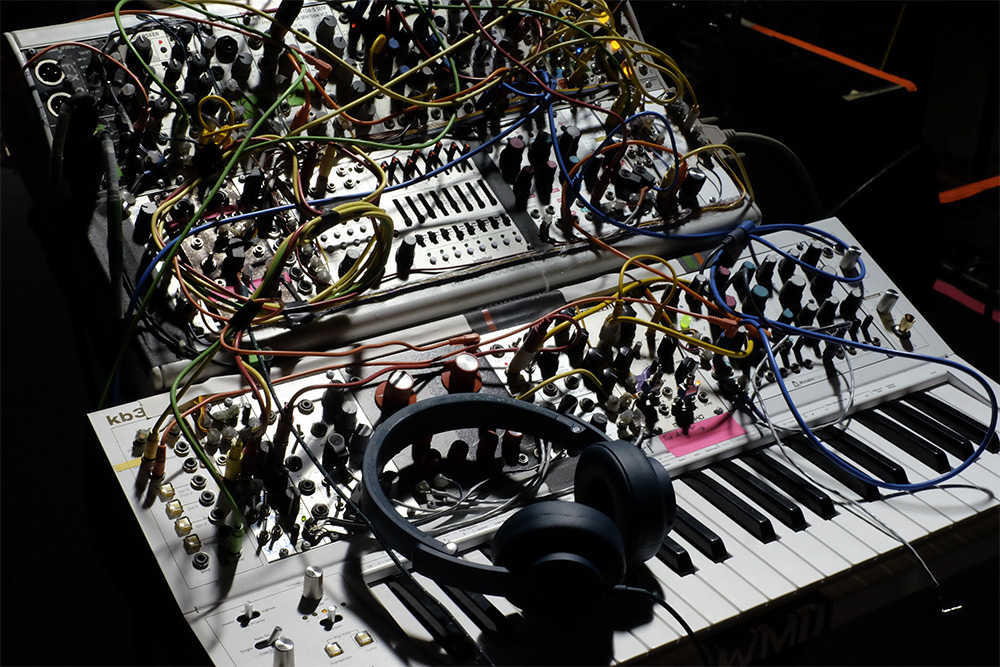
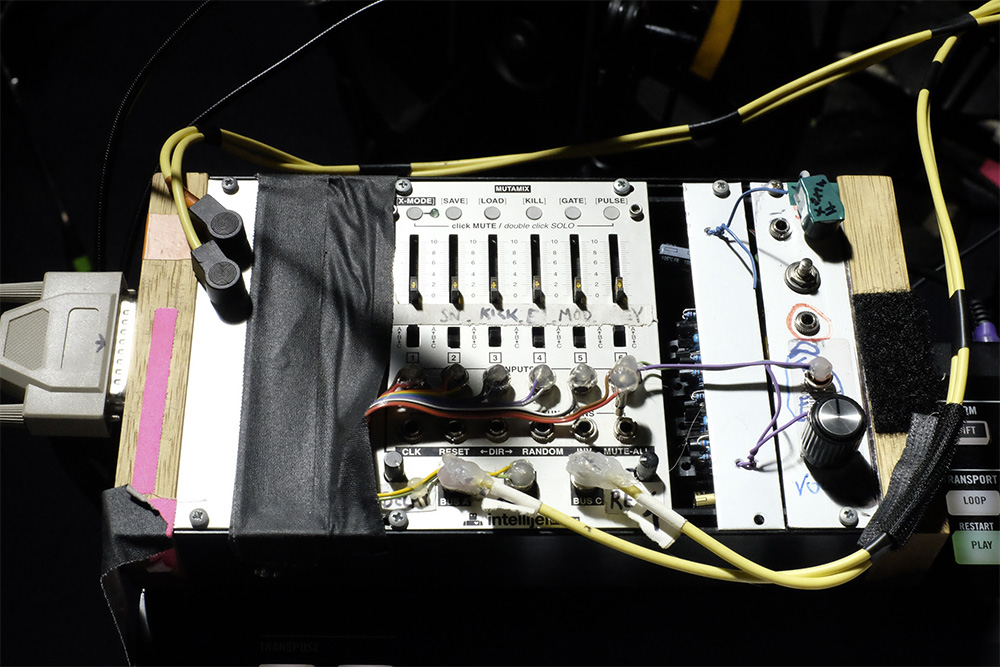
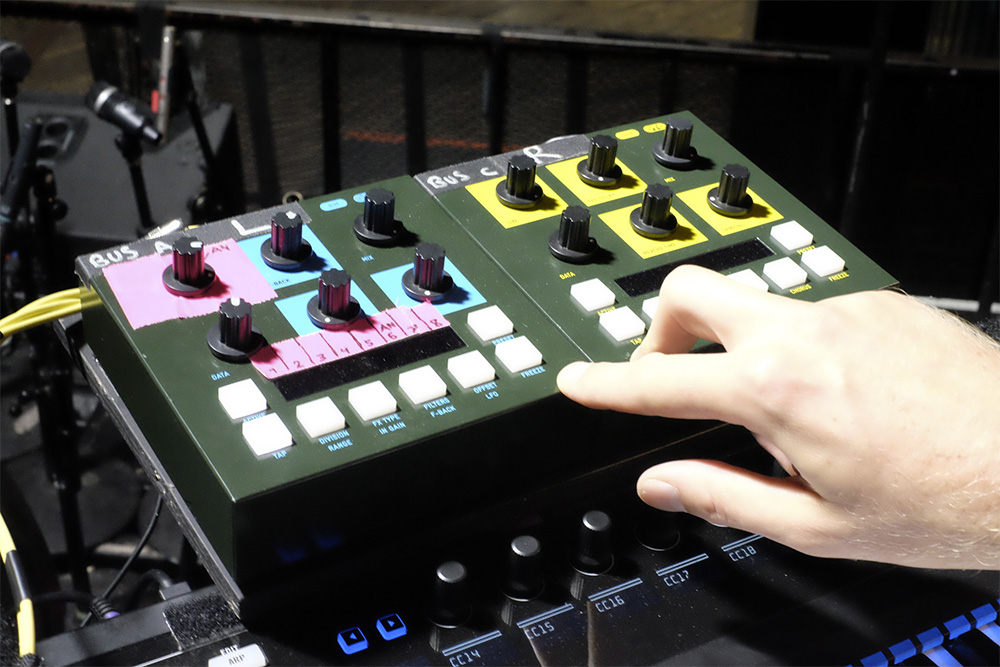
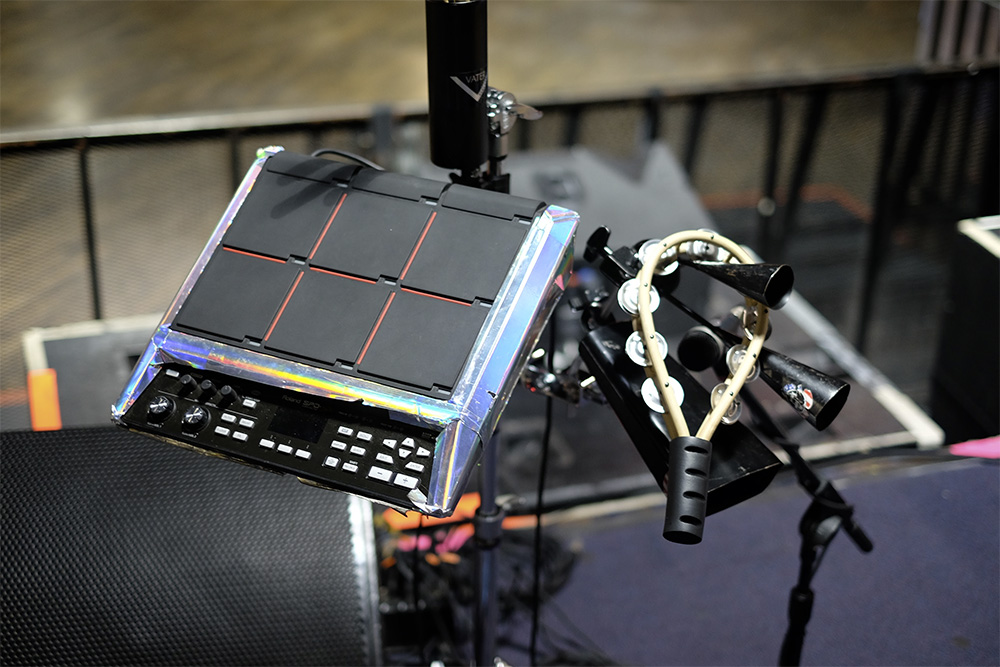
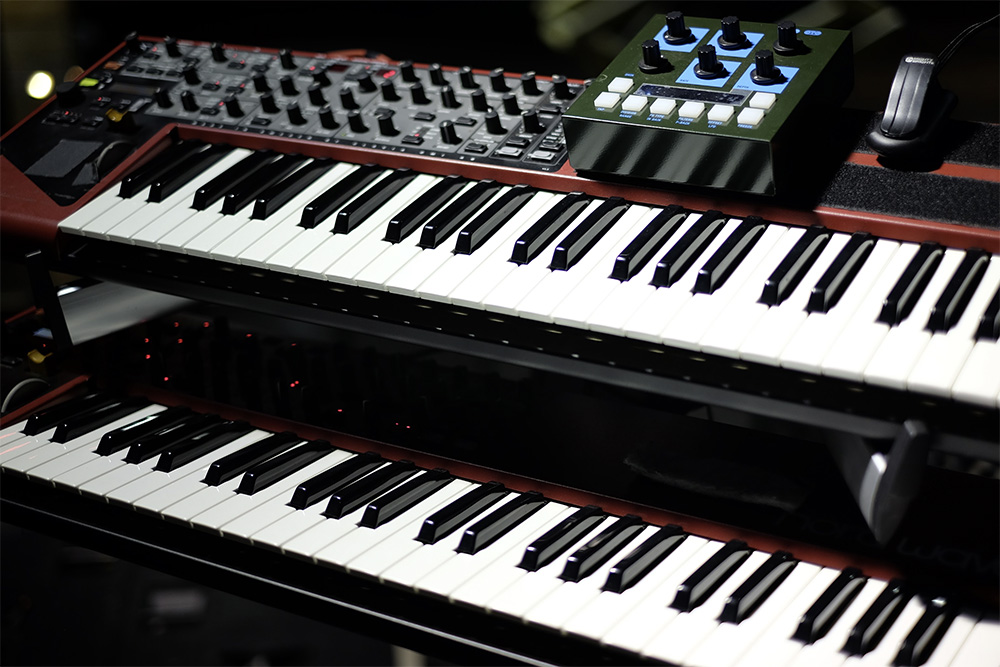
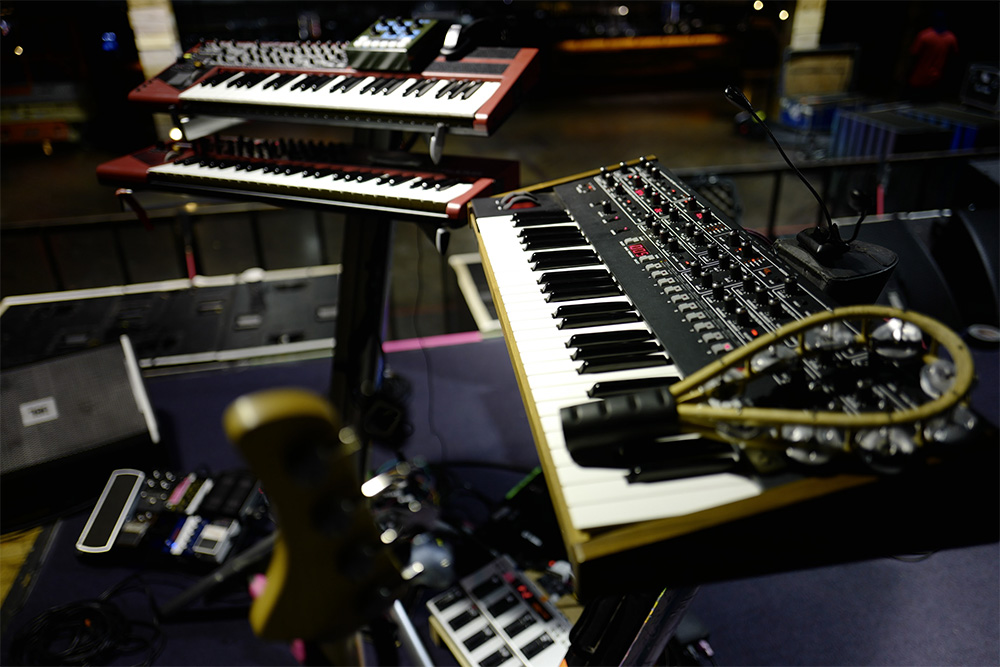

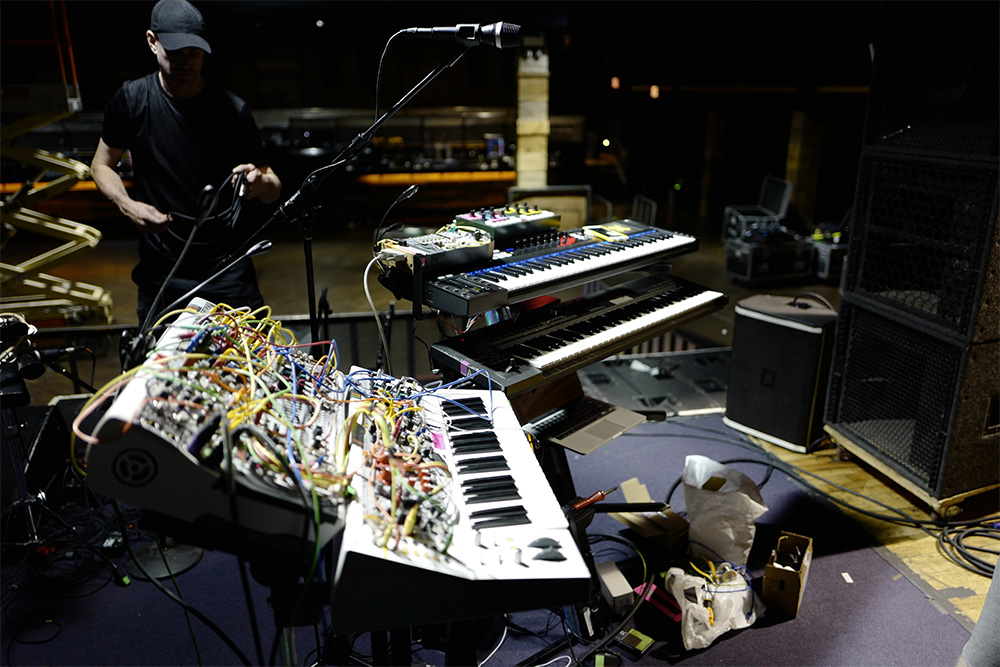
What can you tell us about the new album, Season High?
YN: It came out in April. We were writing songs for about a year, and then we just picked the songs that we all resonated with and finished them. We wanted to really “go back to the essences of who we thought we were," because we had just come off of the previous album, Nabuma Rubberband, which was big.
We had brand new record deals at that point, expensive videos, and more of a campaign. We loved that album, and it was a really important process, but I think we felt like we wanted to come back to where we started, do things more hands-on and be more involved in every aspect of the album.
How did the making of this album differ from previous releases?
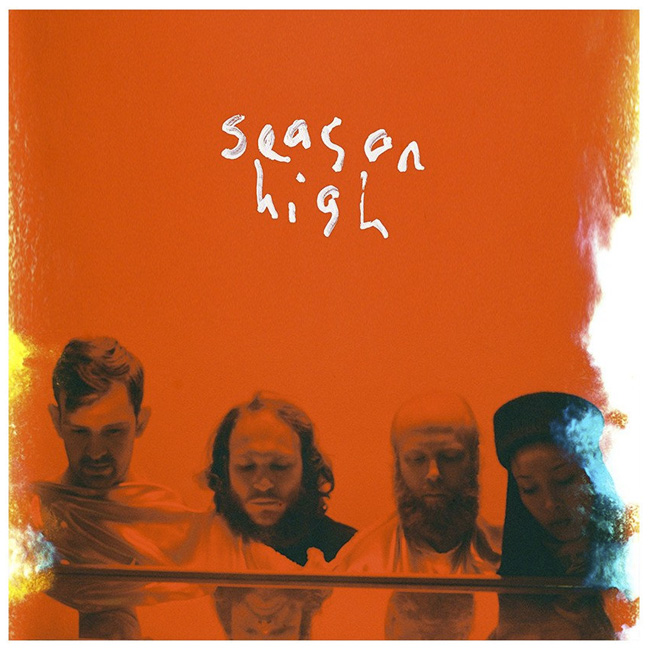
FW: We worked on it with the producer named James Ford from Simian Mobile Disco. He worked with us on the finishing-off part and the mixing as well.
YN: We experimented a lot with the process and focused on the creativity. That was really important for us, because otherwise you get so swept away by fancy words and expectations from people in the business, which is great, but can sometimes fog your view a little bit of the creative aspects of things. You just start thinking about what’s going to effect the music being successful or not.
For this album, we wanted to focus on the playfulness of what we do. Then whatever happens is up to the music. We’re not trying to write number one hits here, we’re just trying to be as open, creative, and content with what we’re doing as possible.
There are obviously quite a few costume changes during your shows. How does the stage production come together?
YN: For this album, we decided to work more locally with people that we really are inspired by. There’s this Swedish girl called Saina Koohnavard from Gothenburg, who’s a super humble and talented local designer. I think it makes a big difference when you can meet someone face-to-face and talk and they understand who you are. It’s way different than having a Skype or phone calls with someone from LA or London or whatever. Just working with people around us who we admire, even if they weren’t necessarily famous. She’s been really important to the production because she makes these beautiful outfits for us, which makes me feel a certain way on stage and makes me perform a certain way. That’s super important.
What stories are you attempting to tell about the human experience with your art?
YN: I’m telling stories from life experiences, from things that I see around me. I’m definitely trying to give people their own visions—their own dreams and ideas—through my lyrics. I think my lyrics have a lot of space for interpretation and, hopefully, give the listener a feeling where they can apply it for their life.
Music is something that you just sort of feel very intuitively and strongly. If you like a beat or if you don’t like it, you don’t think so much about why. When I go into the studio, I’m not thinking about genre, or how to describe with words. I’m just trying to describe something I see—a moment or a feeling—and, hopefully, translate it to others.
FW: It’s important to be able to forget about the day-to-day, all the troubles that come with it, and celebrate life through music. Especially these days. There’s so much going down, you know, and it’s important to be able to put on a tune and to dance while you’re doing the dishes.
